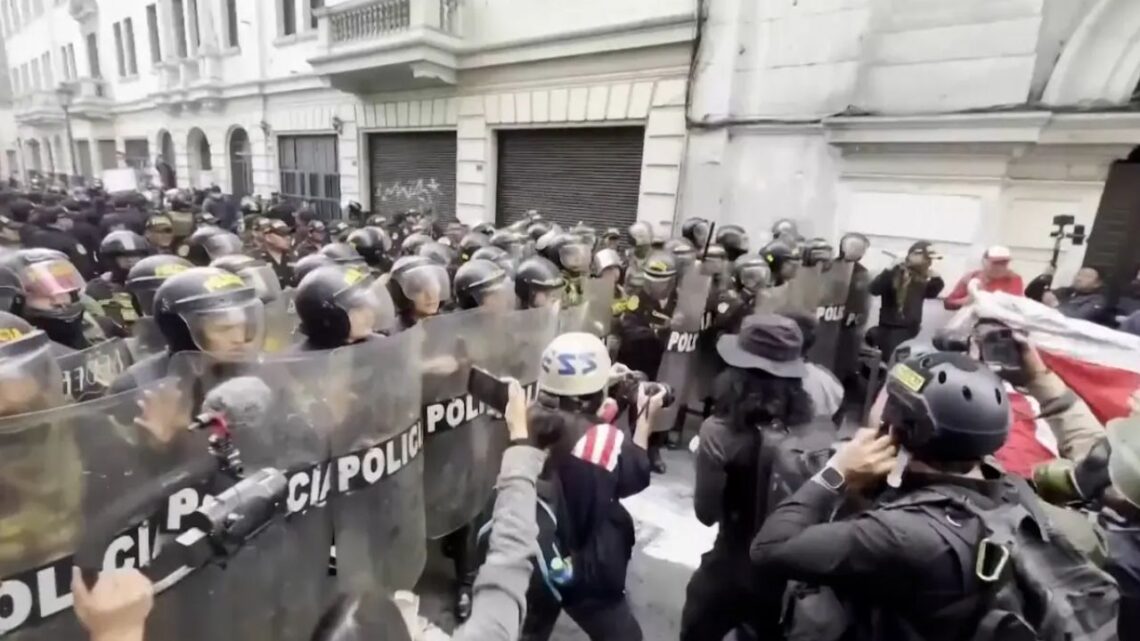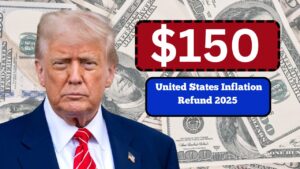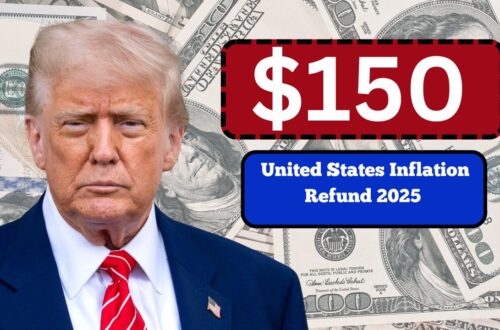Clashes between anti-government protesters—mostly from Generation Z—and riot police in Lima, Peru escalated dramatically on the night of 15 October 2025, leaving one man dead and over a hundred people wounded, including many police officers.
The unrest comes mere days after José Jerí was sworn in as interim president following the impeachment of his predecessor Dina Boluarte. The protests reflect deep frustration among young Peruvians who demand action against crime, corruption, and a political class many view as broken.
Key Facts & Figures — At a Glance
| Detail | Information / Figure |
|---|---|
| Date of clashes | 15 October 2025 |
| Location | Lima, primarily near Congress, Plaza Francia |
| Fatalities | 1 protester (32-year-old Eduardo Mauricio Ruiz Sáenz) |
| Injuries | More than 100 total (various sources) |
| Police injured | ~55 to ~89 officers (varying reports) |
| Civilians / protesters injured | 20+ to 24+ (depending on sources) |
| Role of protester | Hip-hop artist known as Trvko (Eduardo Ruiz) |
| Cause of death (alleged) | Gunshot wound to chest |
| New President | José Jerí (sworn in 10 October 2025) |
| Reason for protests | Demand to impeach Jerí, fight corruption & crime |
| Political instability | Jerí is the 7th president in ~8 years |
What Sparked the Violence? — Background & Root Grievances
1. Rapid Presidential Turnover & Political Turmoil
José Jerí assumed the presidency after Dina Boluarte was impeached on grounds of “permanent moral incapacity.”
He is the seventh president in less than a decade in Peru.
Many Peruvians see this cycle of instability as symptomatic of a deeper governance crisis.
2. Generation Z Takes the Streets
Mainly young Peruvians organized protests demanding clean politics, better security, and transparency.
They also demanded Jerí’s resignation in favor of an independent lawmaker.
Some protest leaders accused Jerí’s party of backing Boluarte prior to her removal.
3. Deep Rage Over Crime, Corruption & Extortion
A major driver behind the unrest is public anger at rising crime, gang violence, and extortion schemes—including threats to bus and taxi drivers.
Critics say the political class has failed to protect ordinary citizens, especially youth, from insecurity.
The Clashes Unfold — Sequence of Events
- Protesters congregated near Congress and Plaza Francia, chanting slogans and advancing on barriers.
- Some threw rocks, fireworks, and attempted to breach metal fences.
- Police responded with tear gas, rubber bullets, and force to disperse the crowd.
- In the melee, Eduardo Ruiz Sáenz (32), a local rapper known as Trvko, was shot in the chest.
- Witnesses claim the shot was fired by a plainclothes police officer.
- Ruiz was taken to Loayza Hospital but pronounced dead on arrival.
- Congresswoman Ruth Luque asserted “preliminary information” indicates the chest wound was ballistic.
- President Jerí expressed regret over the death and pledged an objective investigation.
Political Fallout & Responses
- Jerí blamed the protest for being infiltrated by criminals bent on chaos.
- He insists he will not resign, stressing he must maintain stability in Peru.
- Interior Minister Vicente Tiburcio announced an internal investigation.
- Meanwhile, human rights activists and protest groups demand accountability, condemning the apparent use of lethal force against civilians.
- In a dramatic turn, police command confirmed that subofficer Luis Magallanes fired the fatal shot and has been removed from duty.
- National outrage has fueled renewed demands for Jerí’s removal and structural reforms of Peru’s security forces.
The violent confrontation between Gen Z protesters and state forces in Lima has thrust Peru into another round of political turbulence. The death of Eduardo Ruiz, a young critic and artist, has become emblematic of deeper societal fractures: anger at corruption, fear of violence, and distrust of institutions
As the interim government pledges inquiries and promises justice, many Peruvians remain skeptical. The real test lies ahead: will this become a turning point for reform and accountability, or another tragic episode in Peru’s cycle of political instability? In the eyes of many young protesters, silence is no longer an option—and the nation now watches to see whose demands will shape its path forward.








